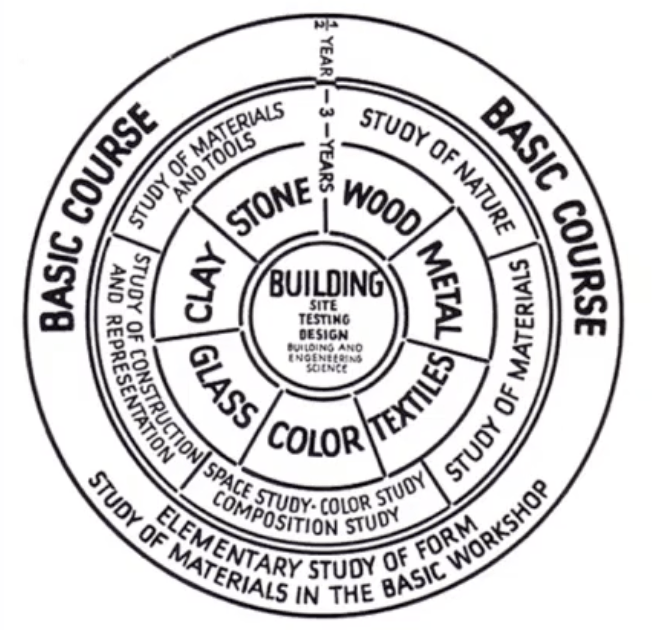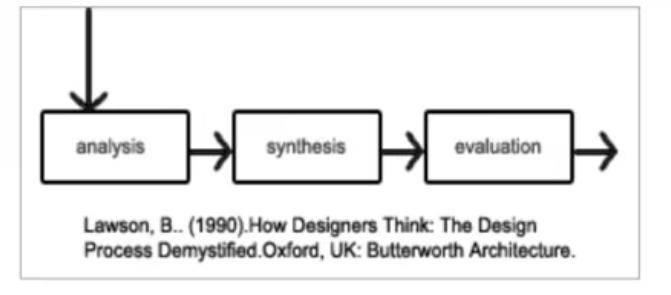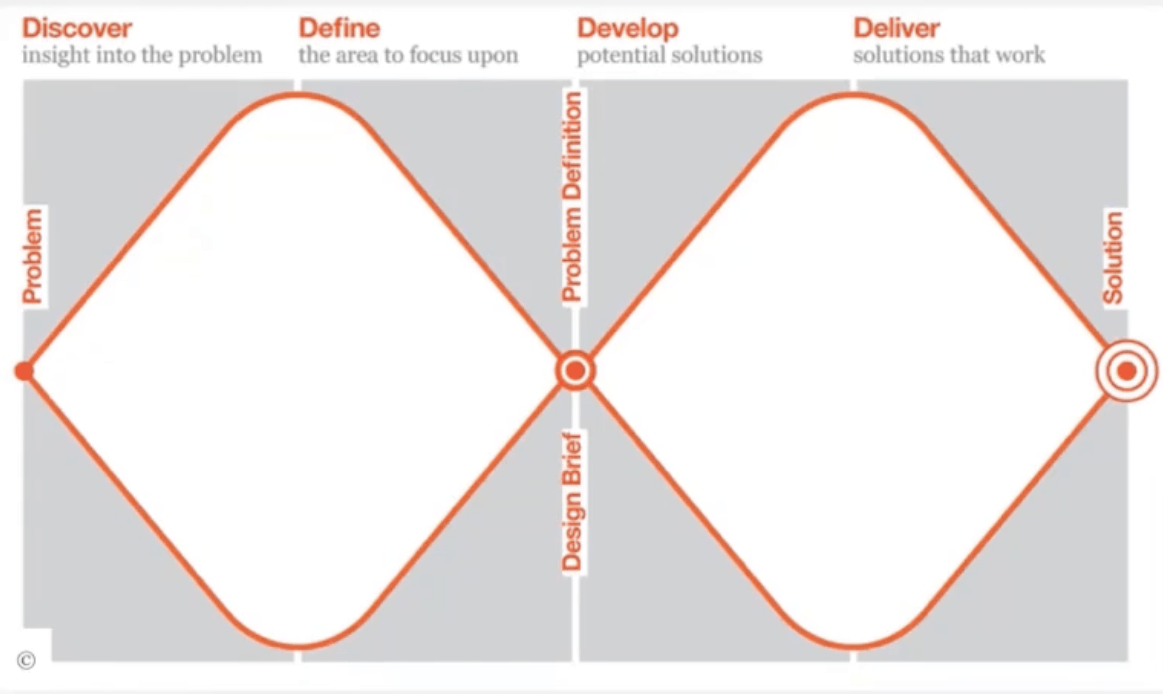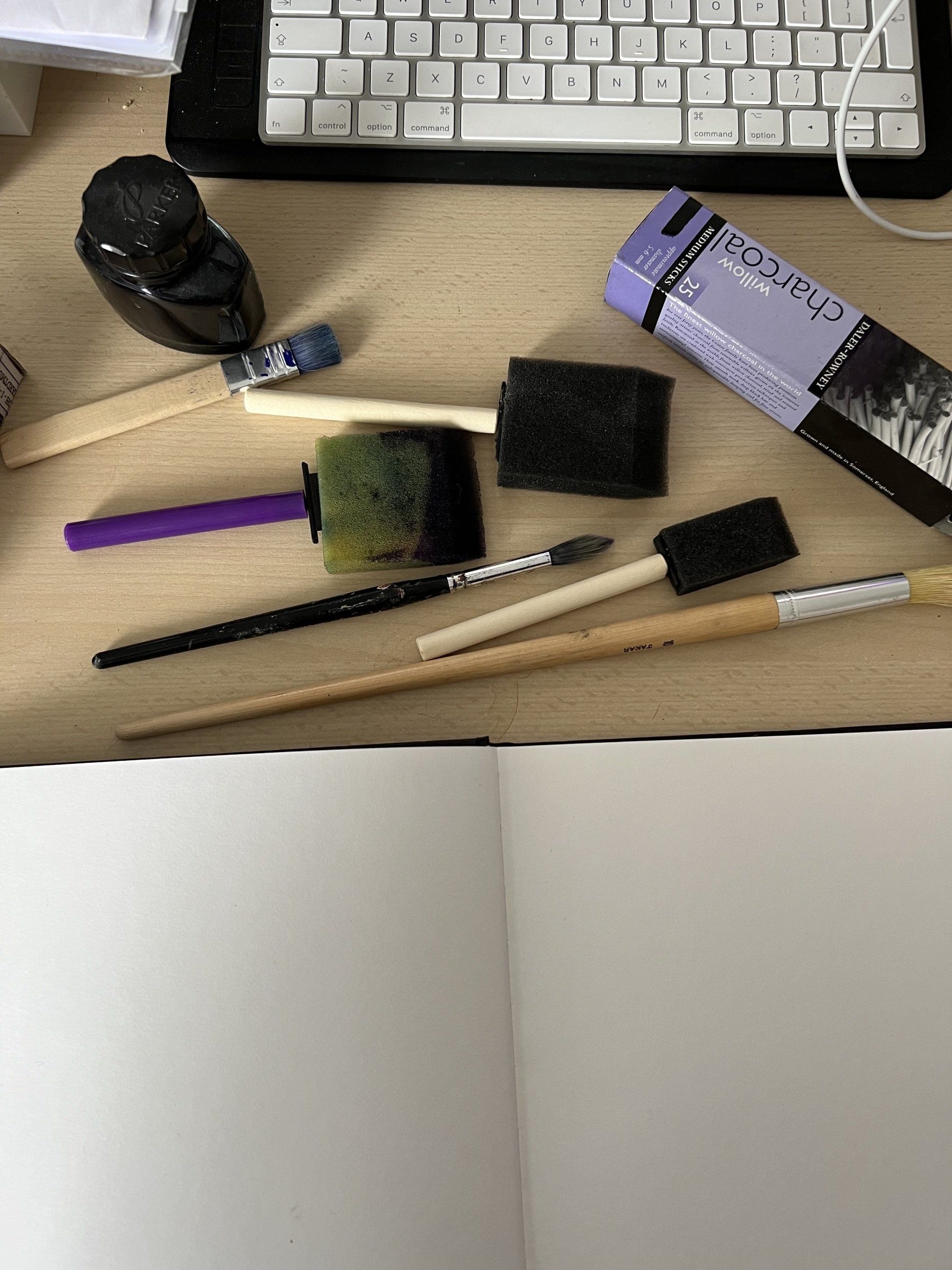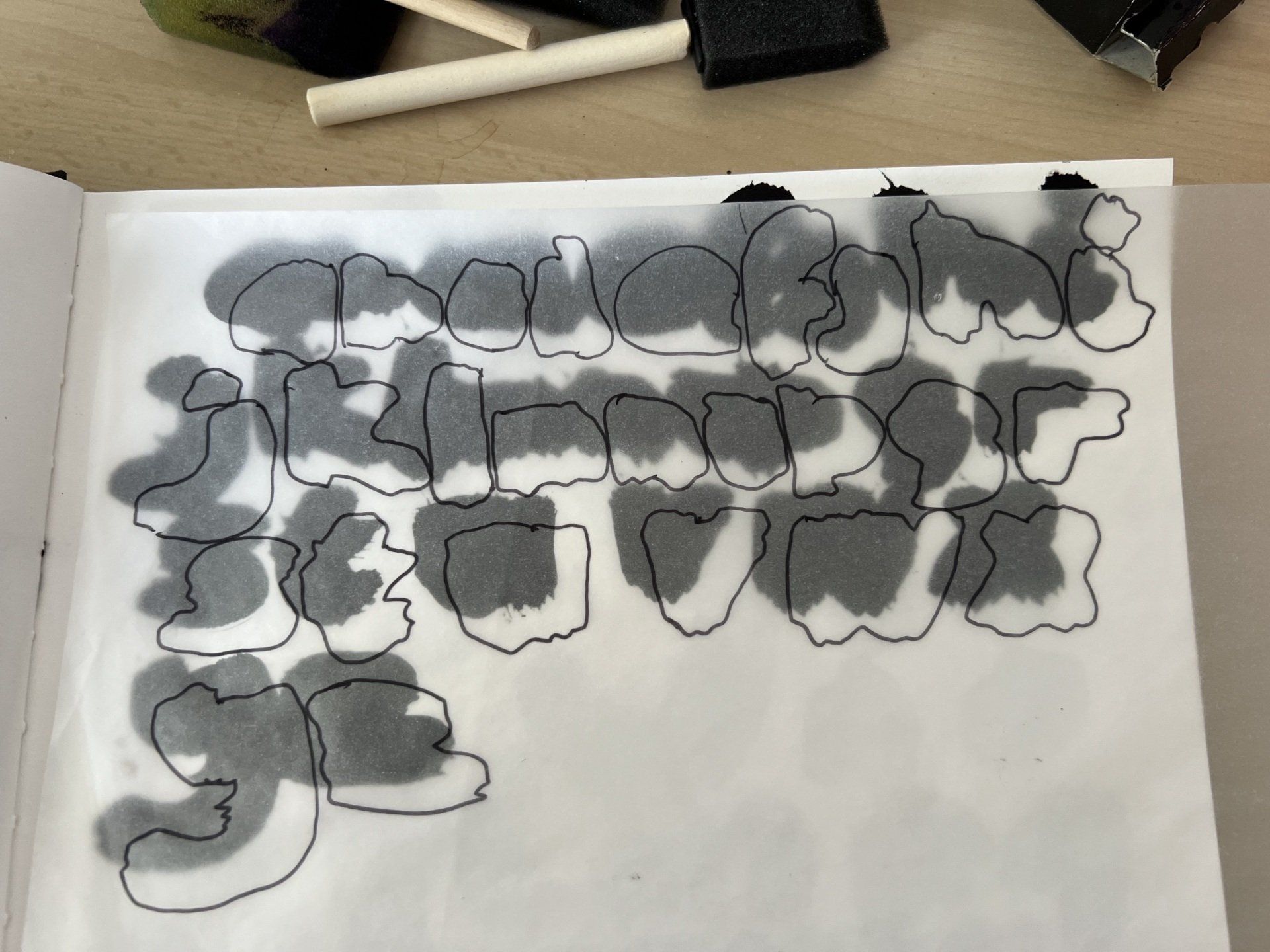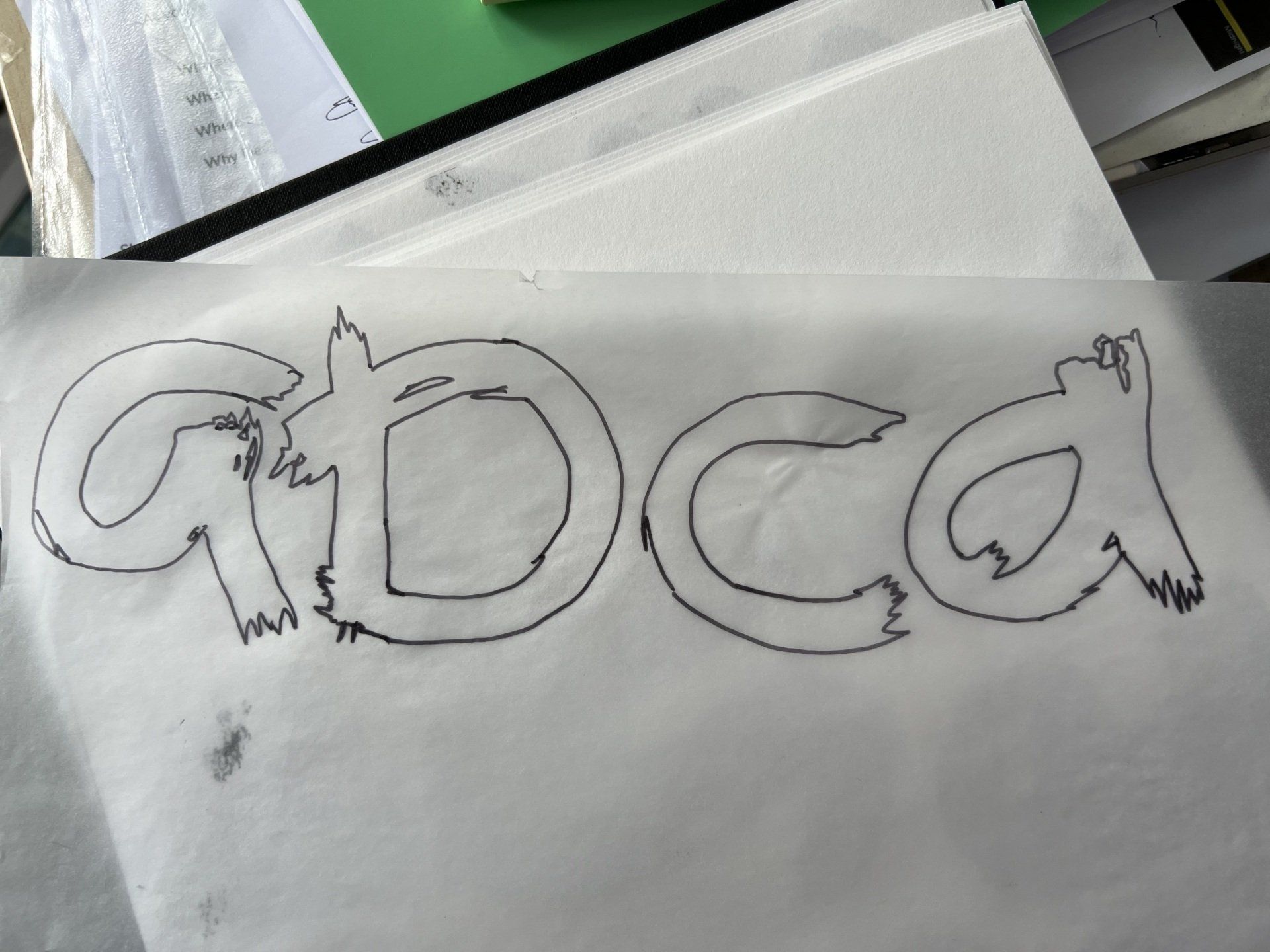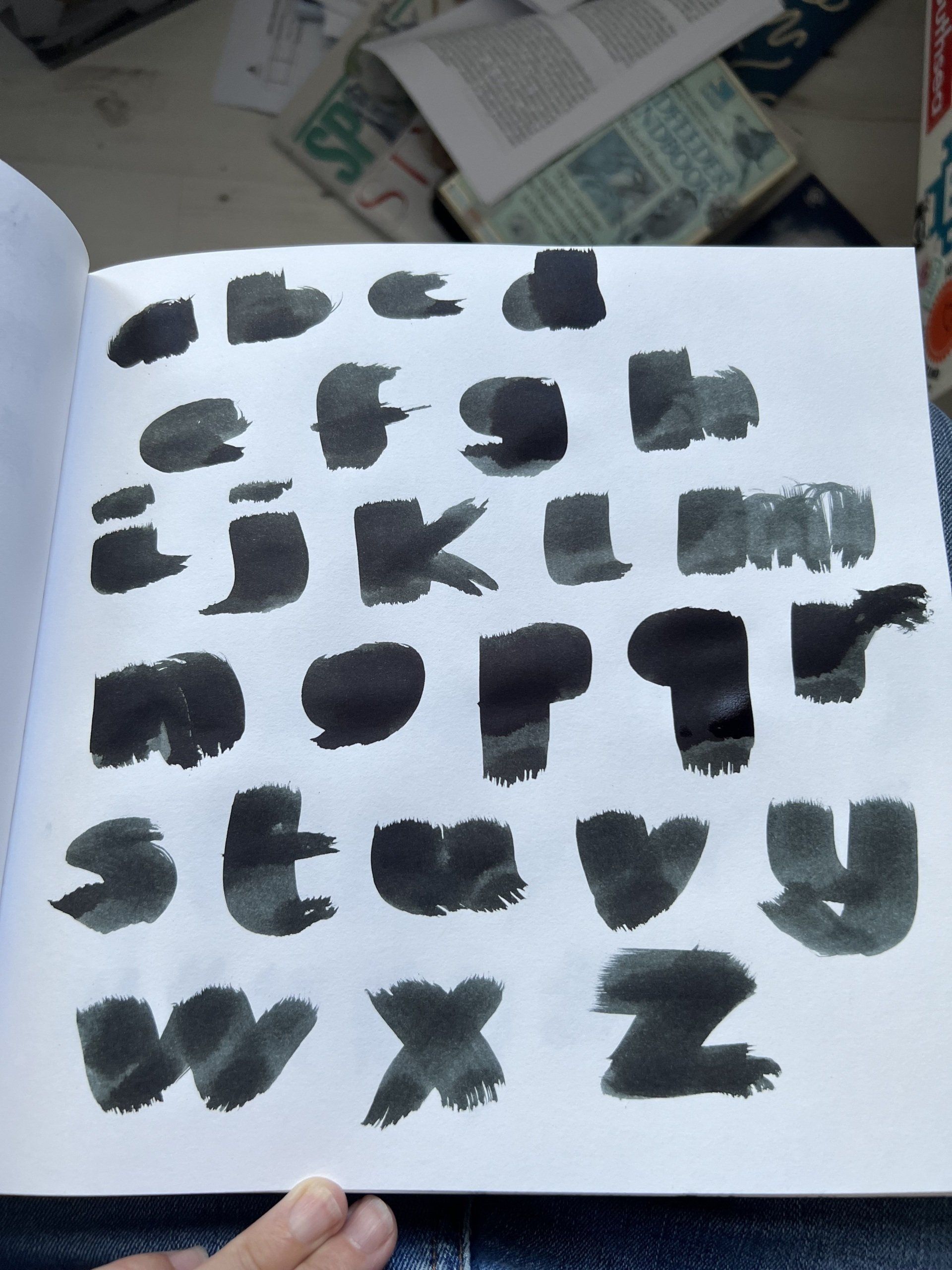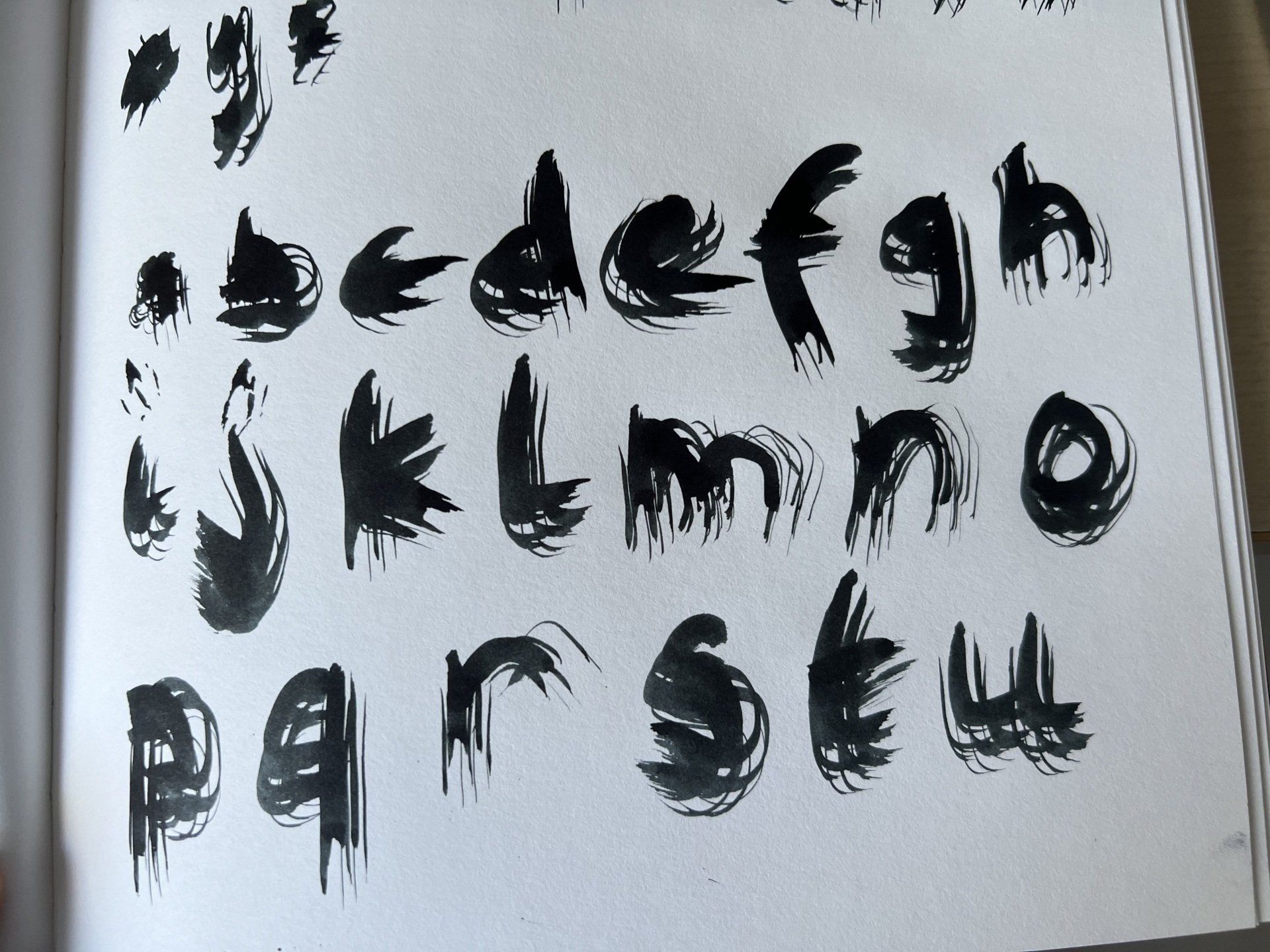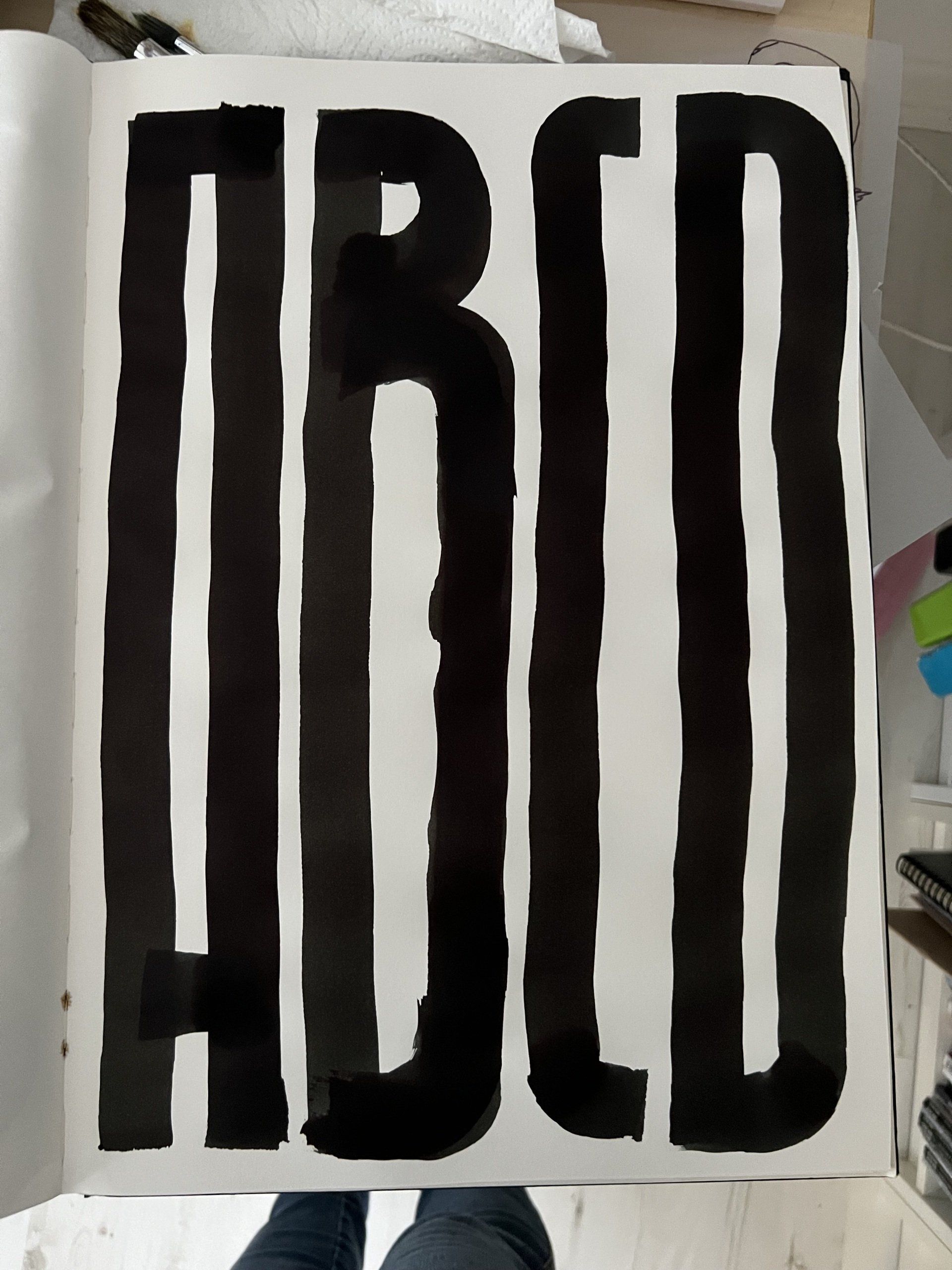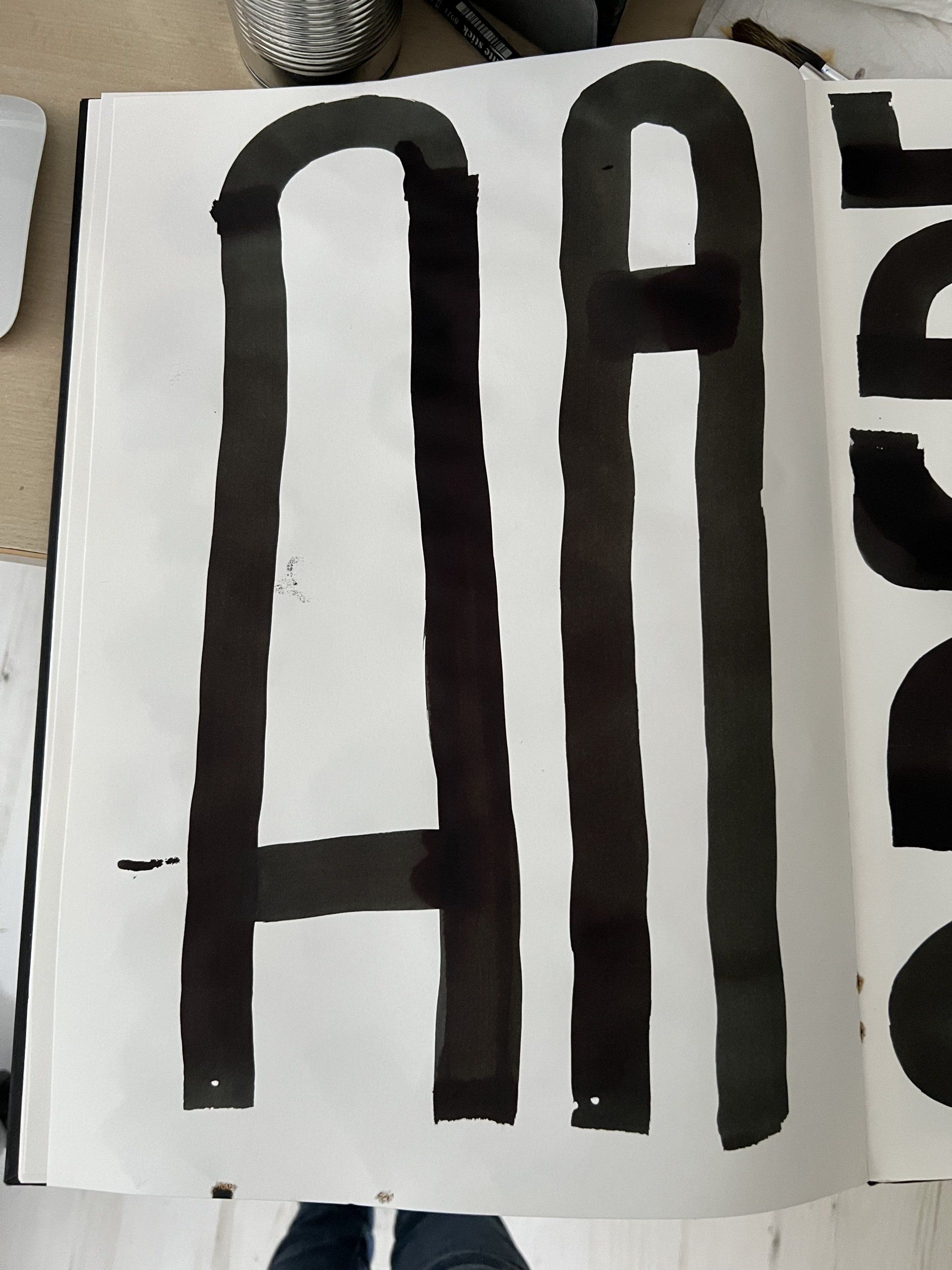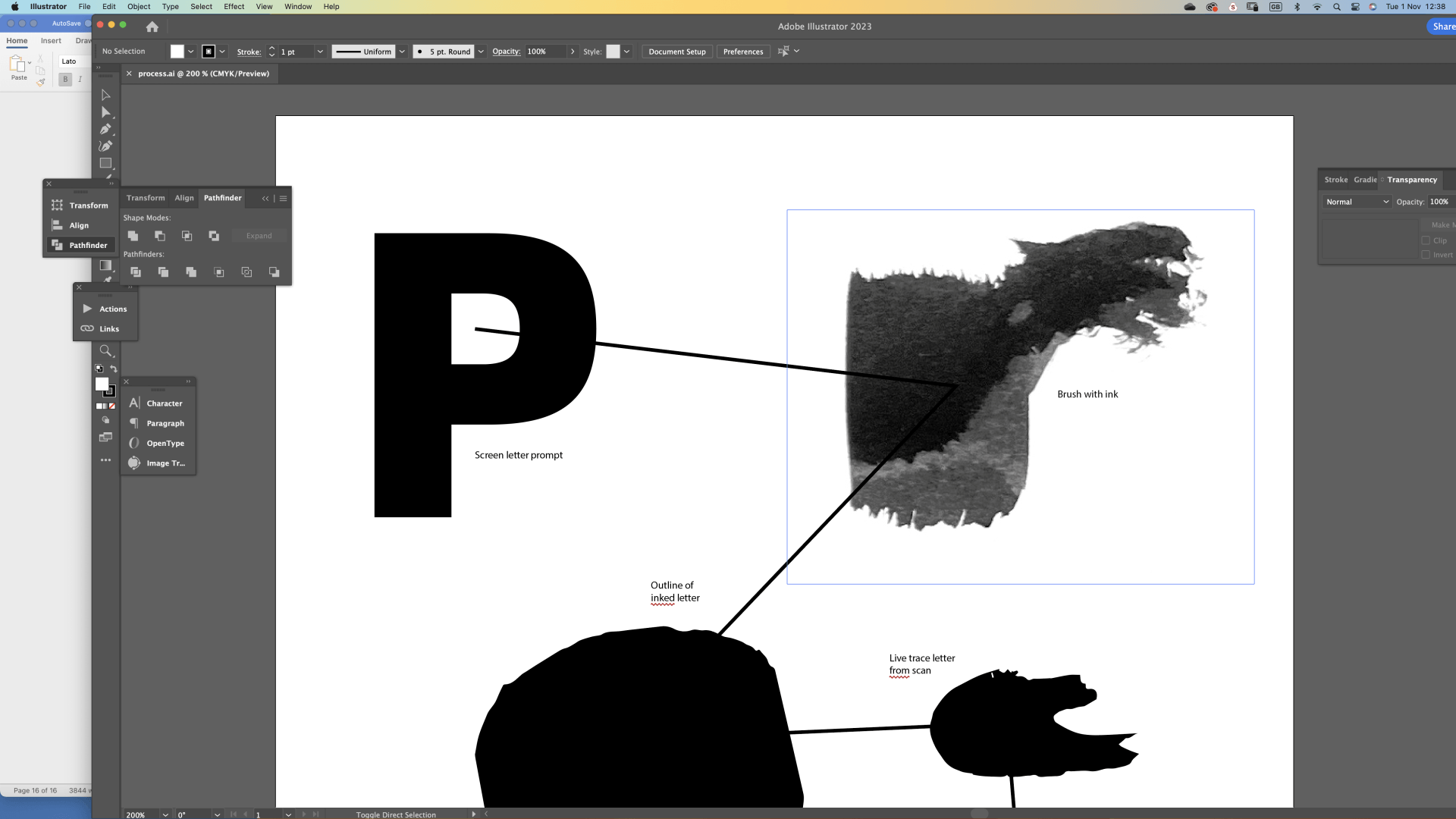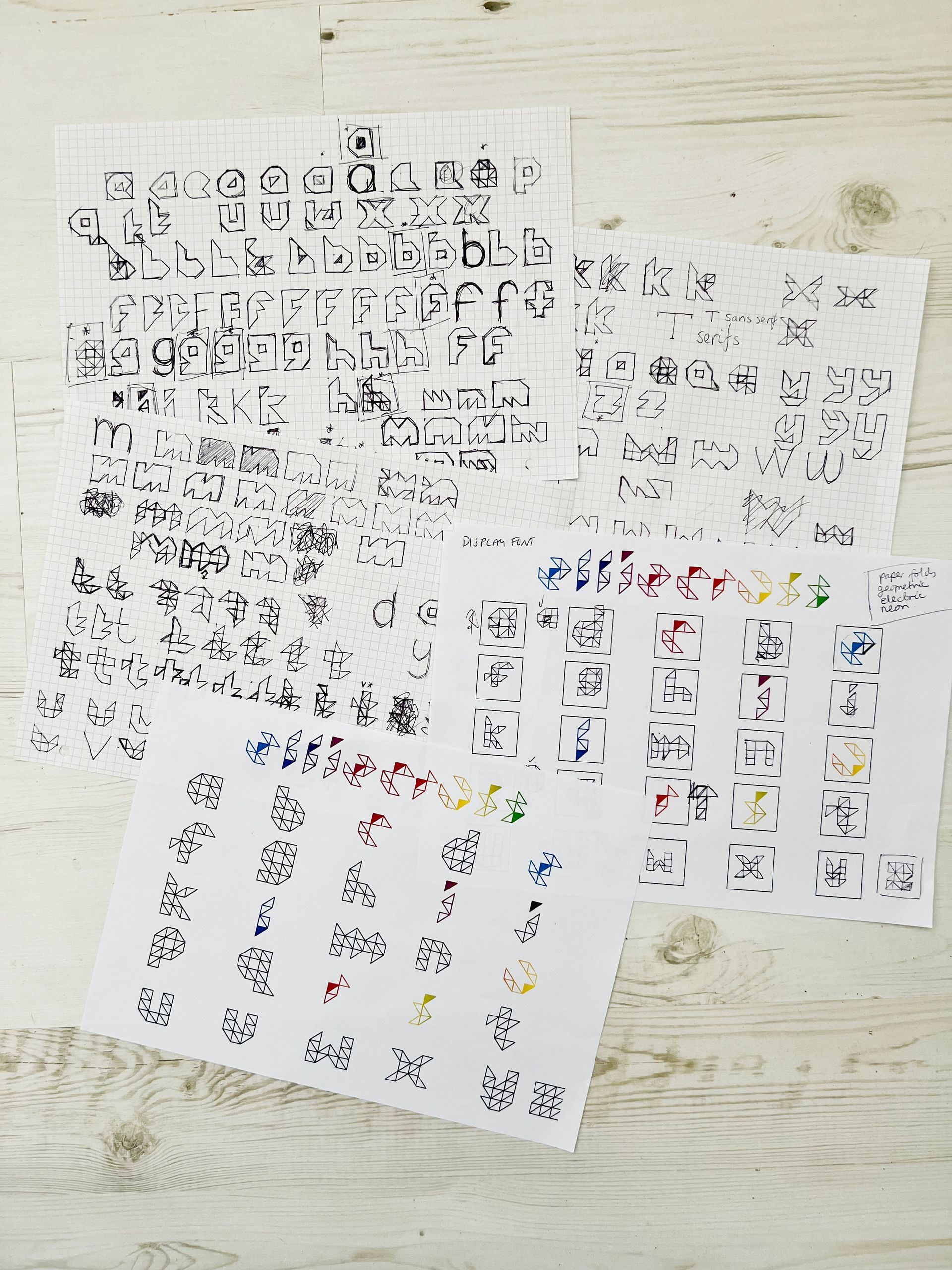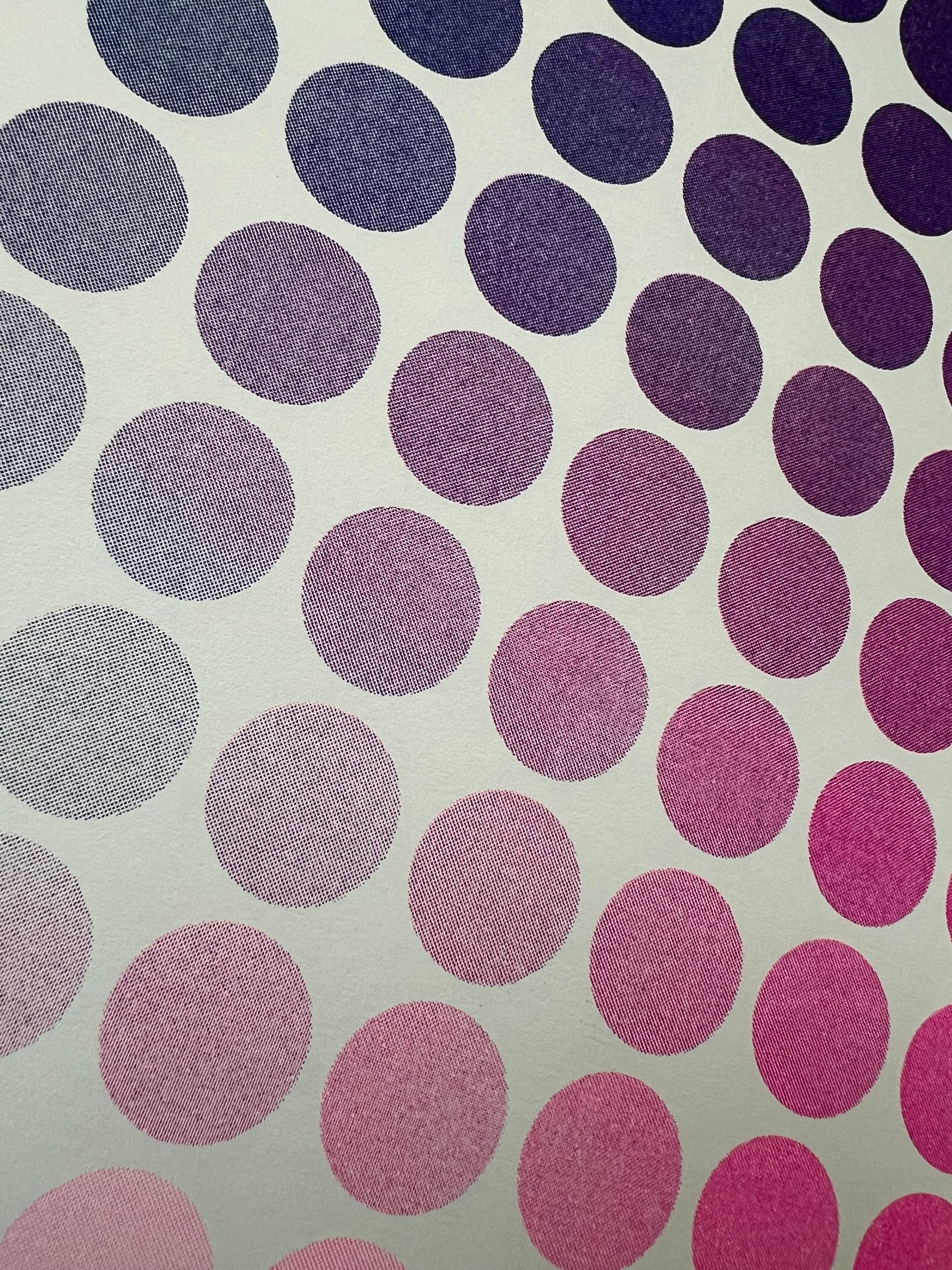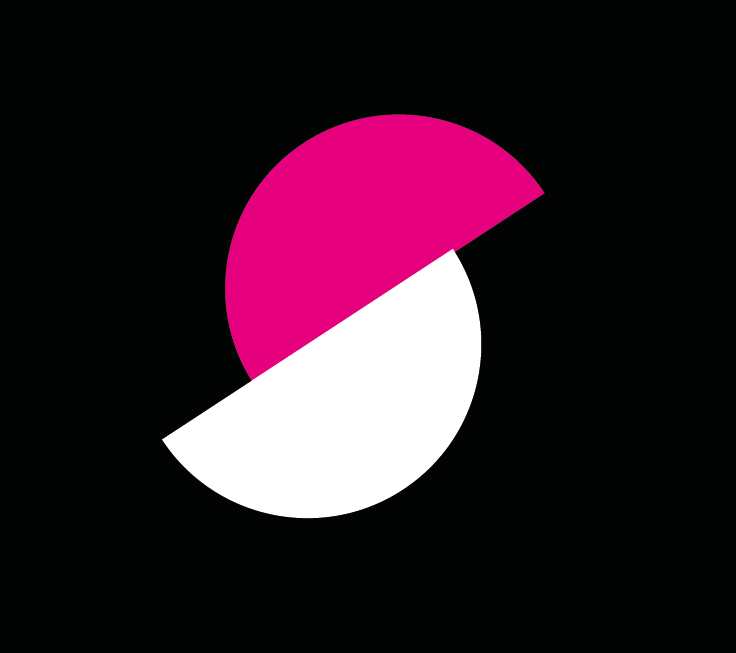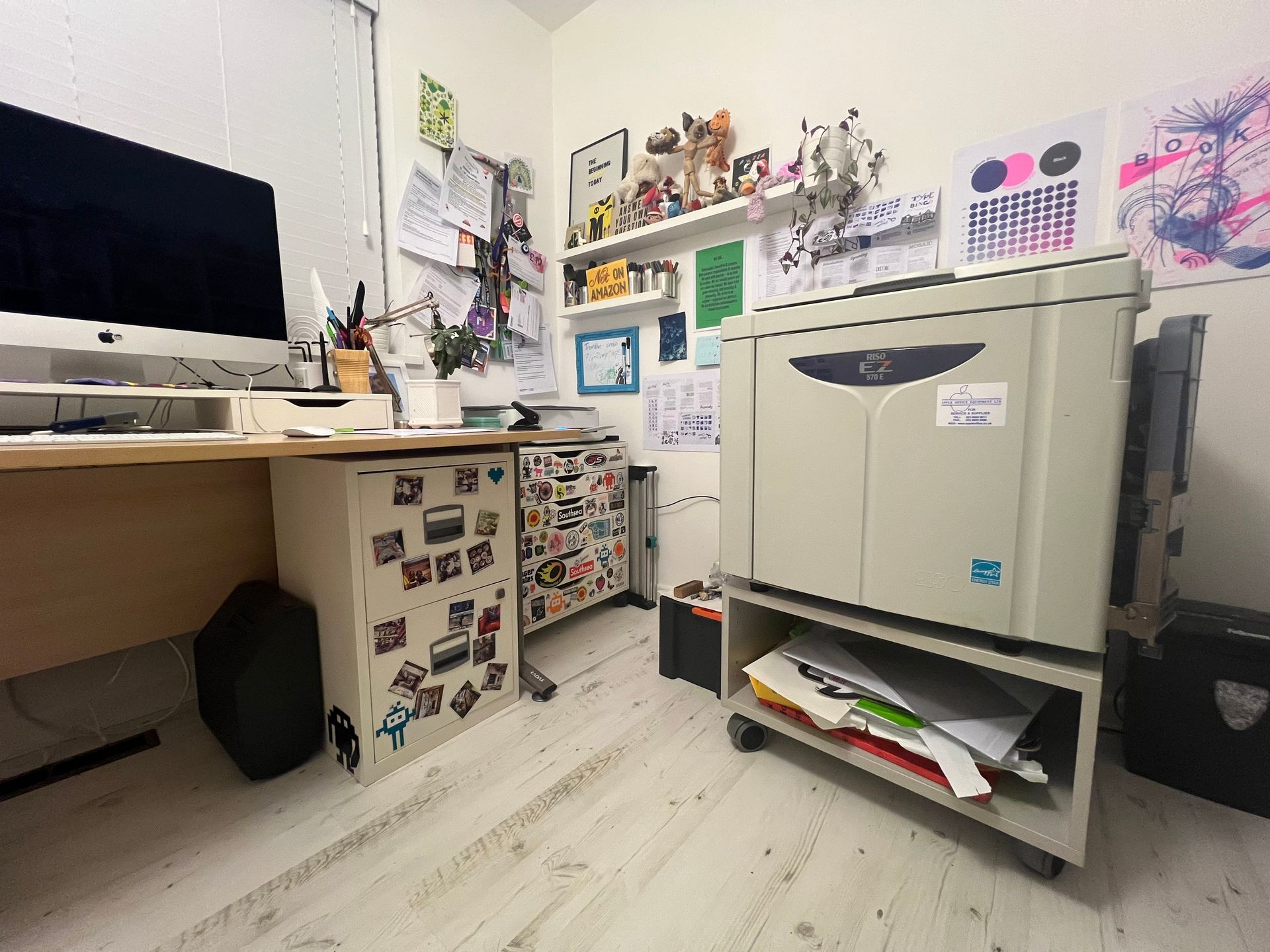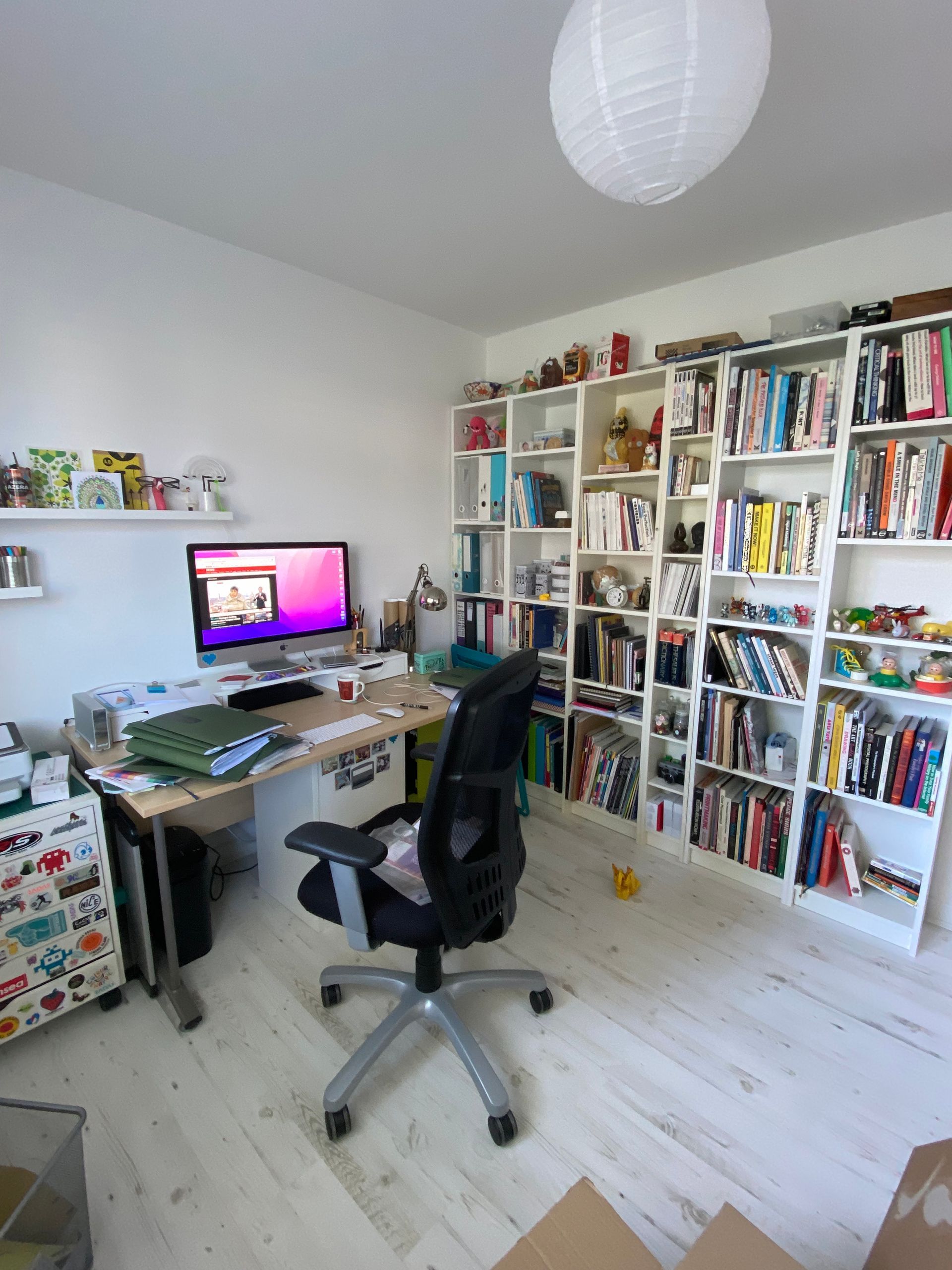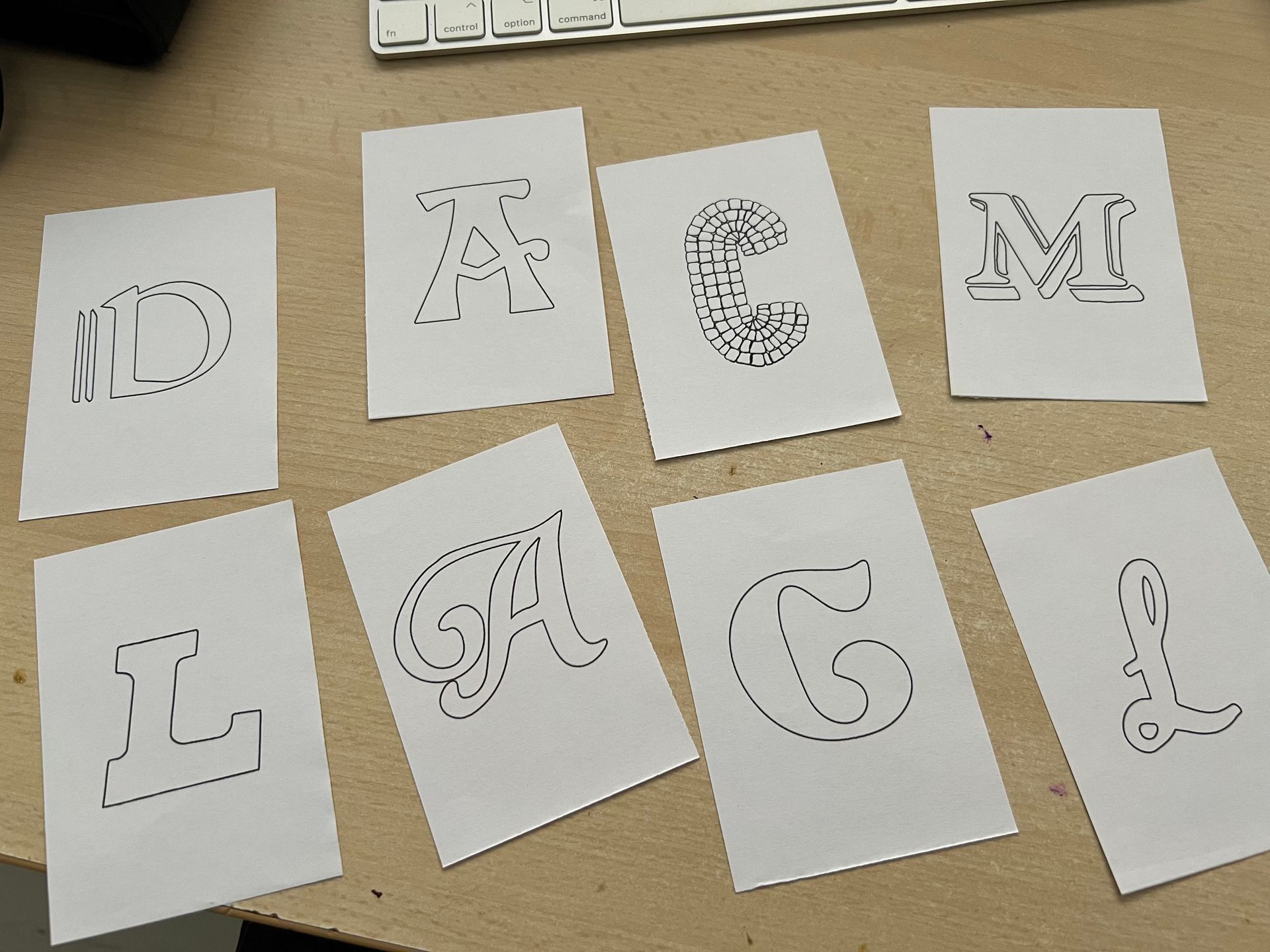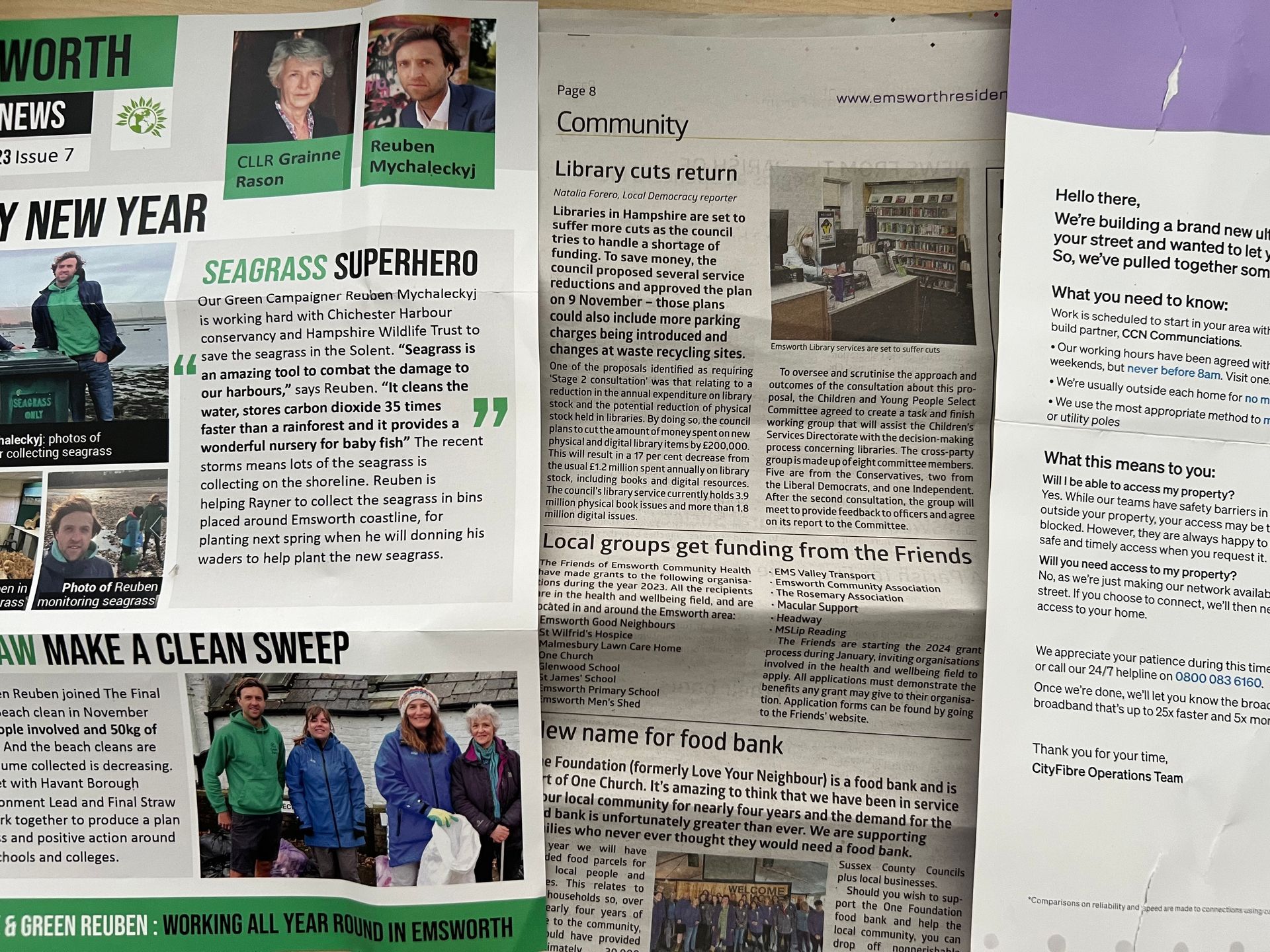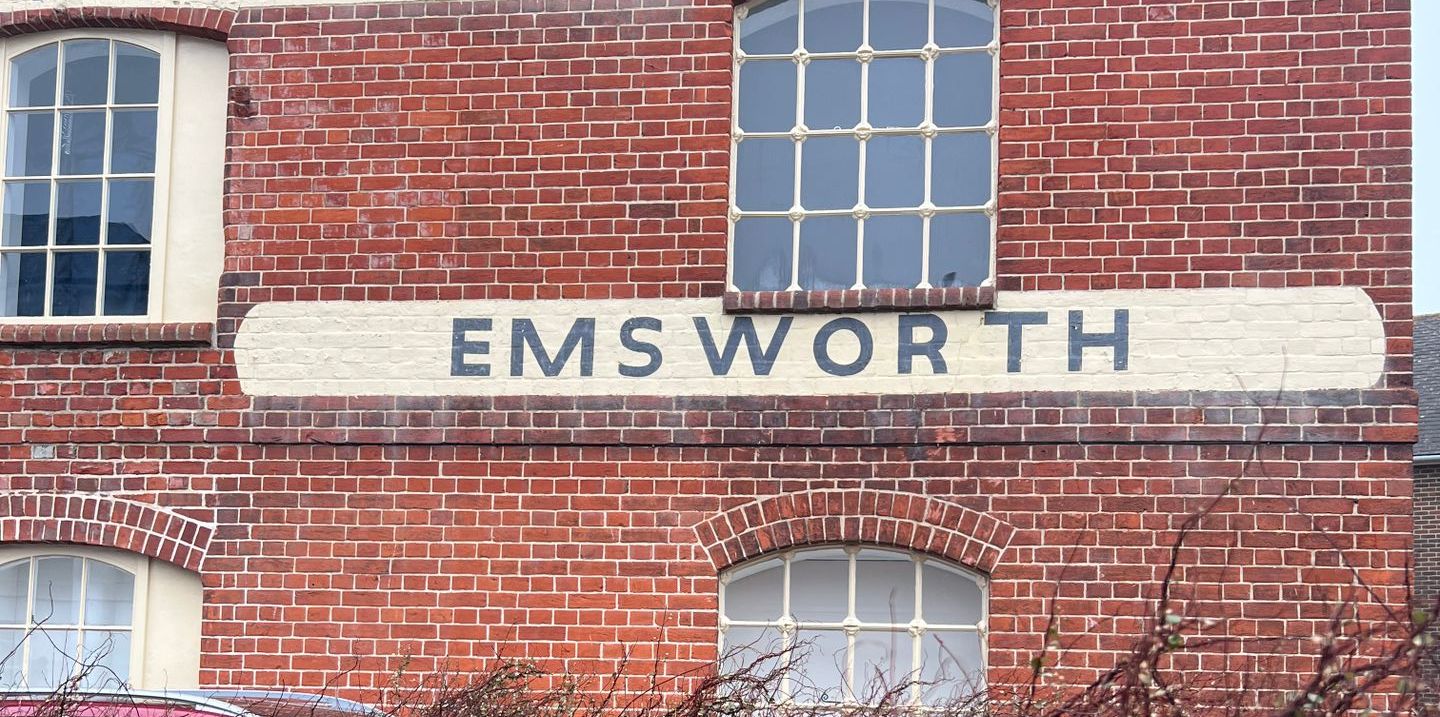Defining Methods of Thinking, Curiosity and Insight
How do we think?
This week looked at the constructs of thinking and generating ideas with a lecture ‘Thoughts on Ideas’, by Susanna Edwards.
Design Processes:
Bauhaus
The exploration of the design process and the work of the Bauhaus started to be taken seriously in the early twentieth century. The new approach revolutionised many successful companies and their products as they established themselves based on Bauhaus theories.
This is the conceptual diagram showing the structure of teaching at the Bauhaus, that was developed by Walter Gropius in 1922. As described by the Bauhaus Archive:
The programme places building at the center of all the activities. But a regular course in architecture was only introduced at the Bauhaus in 1927. Only the most talented students were admitted to the architecture course. At the start of their studies, they received a year of basic training in the so-called preliminary course, in which they were able to experiment with color, shape, and materials, with no specific goals. Depending on their individual suitability, this was followed by practical work in the workshops and accompanying disciplines. The students entered the workshops as ‘apprentices’ and were to sit their ‘apprenticeship’ exams within a given time period.
The outer ring indicates a preliminary 6-month course in basic materials and involved painting and rudimentary experiments in form-making. The inner two rings indicate a 3-year period where students were introduced to workshop training conducted by two masters: one artist, and one craftsman. The center of the wheel references building construction, engineering, and Architecture, which was studied in theory and then skills learned would put into practice by working on the actual constructions of buildings.
Exercise was also a big thing at the Bauhaus to enhance levels of thinking and communication.
Brian Lawson
With the emergence of design methods came the mapping of the design process. Generating models, formulae, and diagrams that aimed to illustrate best practice. In the early days of the 1960s it often took a linear format consisting of arrows and boxes. Words like analysis, synthesis and evaluation we associated with design for the first time. Design has stepped into the genre of science.
In the last 40 years business has activity sort to a adopt a methodology that acknowledges other competing factors within business. The linear format was criticised for suggesting a problem could be solved in one go. Revised models that incorporated loops and iterative phases taking wider design and business activities into account were developed. They allowed time to evaluate and test ideas, as well as allow the designer to consideration a number of ideas at the same time.
Today our awareness of design as a process has increased. The level of complexity is accentuated by factors such as technology, sustainability, social responsibility, legislation and so on. As our social and cultural boundaries blur so do the borders of design as a discipline.
The design process of today is less scientific, it is adapted to meet changing business requirements. Our world is evolving so quickly that there may never be an ideal methodology. Or process. What matters is there is a flexible infrastructure is in place with the foresight and intelligence to respond quickly and appropriately to creative change.
Double Diamond Process Model
Developed through in-house research at design council 2005.
Simple graphical way to describe the design process and divided into 4 phases, discover, define, develop and deliver. Maps the divergent and convergent stages of the design process showing the different modes of thinking that designers use.
Discover stage
First quarter marks the start of the project beginning with an initial idea or inspiration often sourced by a discovery phase in which user needs are identified. These include market research, user research, managing information, and design research groups.
Where designers and other project team members keep their perspectives wide in order to allow for a broad range of ideas and influences. At this phase the company is asking a question, posing a hypothesis or identifying a problem by analysing market data, trends and other information sources.
Define stage
Activities of the define stage are:
• Project development
• project management
• project sign off.
Filter where the review, selection and discarding of ideas take place. this is where findings from the Discover stage are analysed, defined and refined as problems, and ideas for solutions are pitched
and prototyped.
Develop stage
The third quarter marks a period of development where design-led solutions are developed, iterated and tested within the company. Key activities and objectives during the Develop stage are:
• Multi-disciplinary working
• Visual management
• Development methods
• Testing
At the Develop stage the project has been taken through a formal sign-off, which has given the corporate and financial backing to the development of one or more concepts that have addressed the initial problem.
During the Develop stage, the design team, either together with key internal partners (such as engineers, developers, programmers, and marketing teams) or via external design agencies, refine one or more concepts that will address the problems or issues identified during the Discover and
Define stages.
Deliver stage
The final quarter of the double diamond model represents the delivery stage, where the resulting product or service is finalised and launched in the relevant market. The key activities and objectives during this stage are:
• Final testing, approval and launch
• Targets, evaluation and feedback loops
The Deliver stage of the double diamond design process is where the final concept is taken through final testing, signed-off, produced and launched.
It will result in a product or service that successfully addresses the problem identified during the Discover stage. It will also include processes for feeding back lessons from the full design process to inform future projects, including methods, ways of working and relevant information.
From looking at these models and processes of our thinking we can see how our understanding of thought has developed over time.
On a basic premise Lawson’s model is a clear model of how a project evolves through thinking and process to a conclusion. The model forms a basis for the double diamond model, which underpins most of our process and thinking today.
It was intriguing unravelling our passage of thought and how we travel through these processes often without a second thought.
Workshop Challenge
Explore and find an example of a way of thinking. This could be from the area of arts, design, philosophy or science. Choose a thinker or a process and summarise in a black line drawing.
This week I had been watching some of the speakers at Adobe MAX and listened to Chris Campe, whom is a designer, author, and founder of her studio, All Things Letters in Hamburg, Germany.
She specialises in lettering because she couldn’t make up her mind between writing and designing. In her work, she combines letterforms and language to create experimental lettering that is both expressive and thoughtful. Chris studied Illustration in Hamburg and Paris and Visual Studies at the School of the Art Institute of Chicago. She has written several books on lettering and co-founded the Berlin Letters festival. She also shares her knowledge in workshops, on Instagram, and as a speaker at conferences like Adobe MAX.
At art school Chris was afraid of the rules of letter design and making mistakes, she describes it as a secret science and imagined a typographic gatekeeping looking over her shoulder saying “what did you do? ….we’ve been doing this since Guttenberg and what you did is just wrong!” Subsequently, Chris did not finish any class on typography, type design or calligraphy. She later learnt from workshops, books, and by practising. Chris only overcame her fear of breaking the laws of letter design when she wrote her first book on lettering. After writing 3 books in only 3 years, a total of 600 pages about lettering and type design did she feel she really knew the rules! She finally understood that rules are guidelines not laws and began to experiment and push the rules of lettering!
“Rules are like handrails, they’re there when you are not sure of your step but you do not need to hold onto them in all circumstances.”
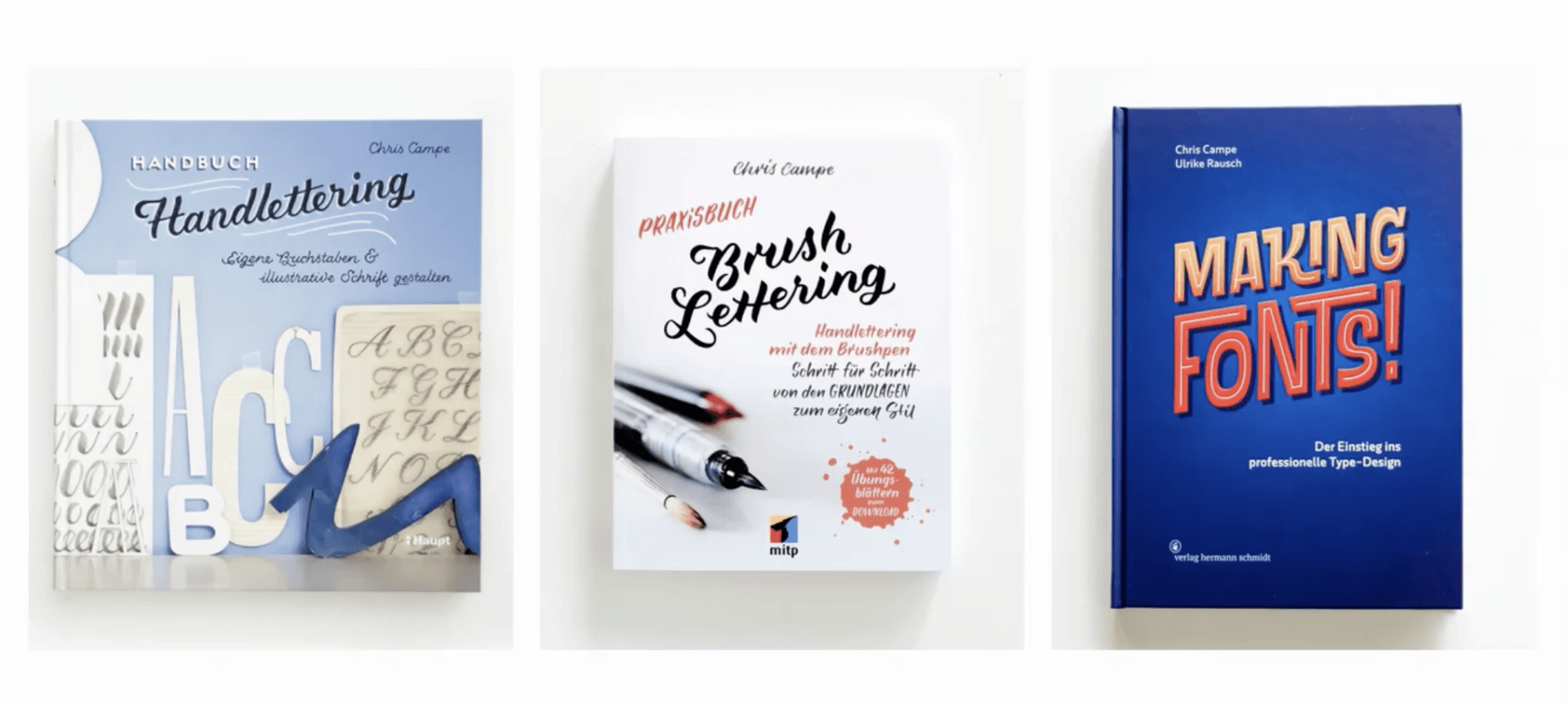
What lettering usually is: A series of letter custom draw for a specific use, like a book cover, editorial illustrations in a magazine, a logo, a mural, a stamp. Lettering as an applied art which serves to communicate a given message or mood. It communicates both visually and verbally and it addresses the viewer intellectually as text and emotionally as image.

For the duality to work the text needs to be readable. So no matter how fancy the letters she draws are she still wants people to be able to read the words.
in applied lettering legibility is key but in experimental lettering legibility is a lot less important. In fact, the meaning can get in the way of experimentation, so using alphabets works more easily than readable text.
The alphabet is a convention, it’s an agreement about what sign stands for which sound. In her experimental work she renders the conventionality of the alphabet visible and asks…
“does it have to be this way?”
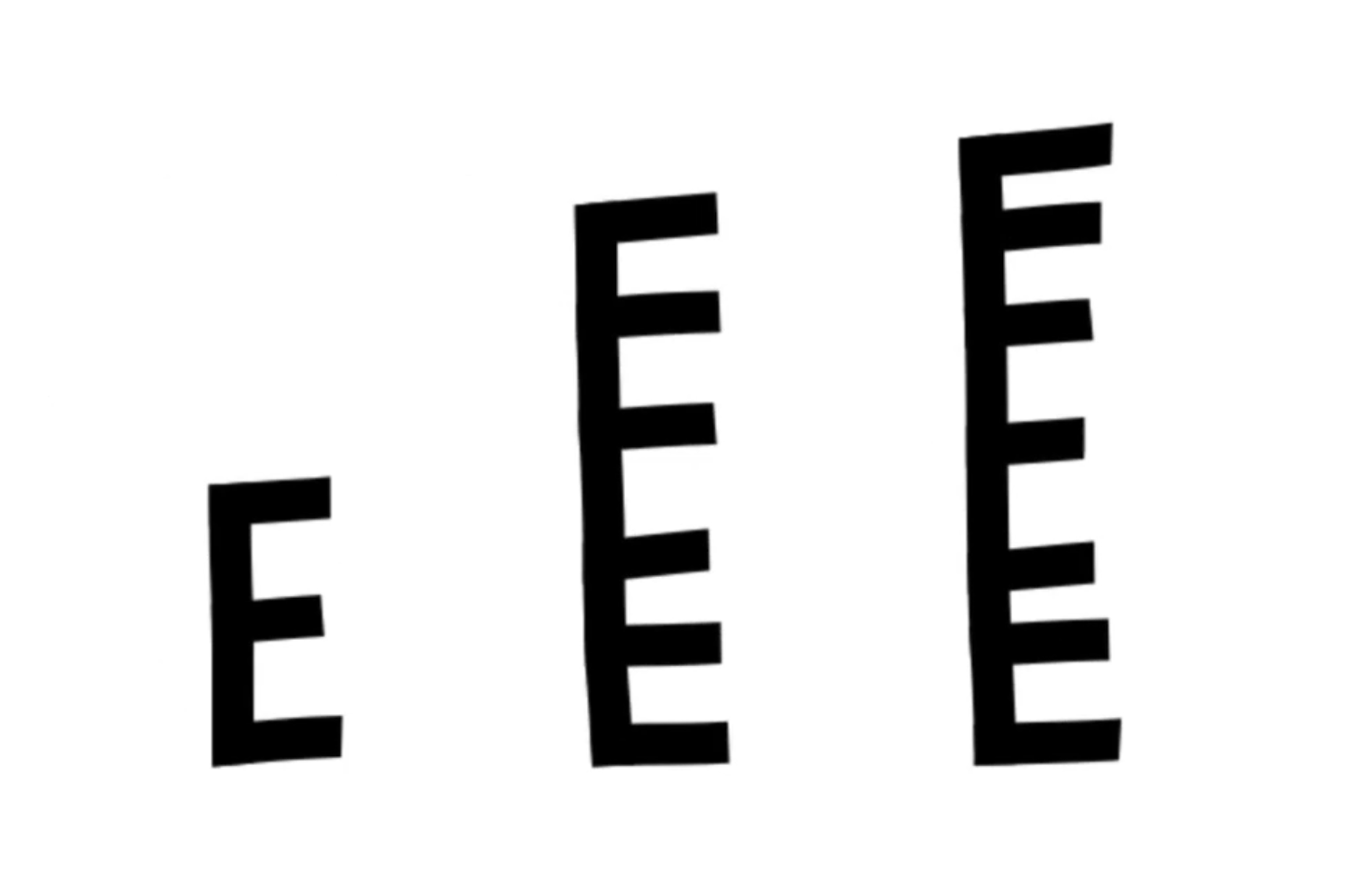
Chris then examines how she can change the letterform before it no longer looks like a letter at all. For example: does an E have 3 arms or can I give it 5 or 7?
Chris explores the limits of letterness! An area where the letter strays so far from its original structure that it becomes unrecognisable. It is important in order to challenge the convention of what letters look like, people still need to recognise that it is still a letter and not just random shapes. In order to see the unusual people need to recognise the familiar first.
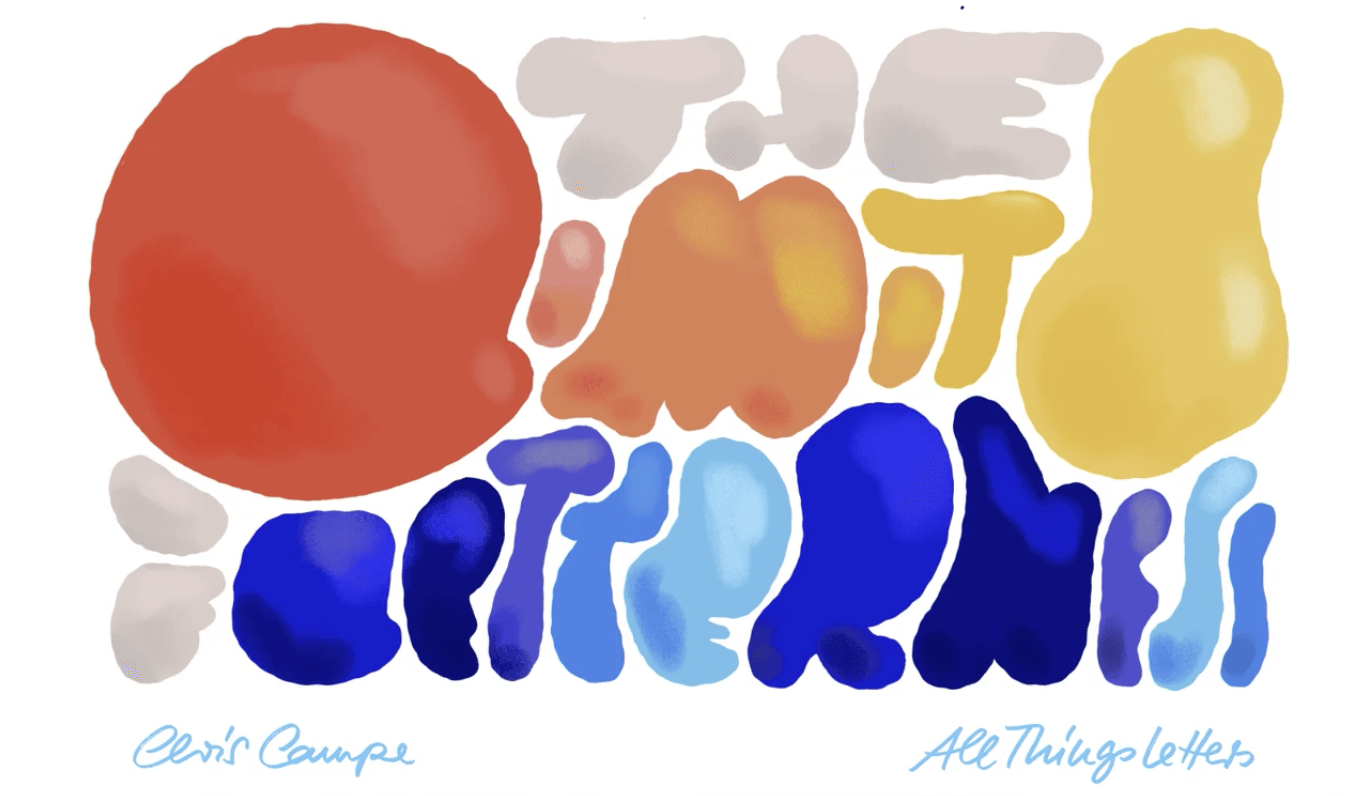
Process and Development
Using Chris Campe's creative process for her experimental lettering, I began by looking at a digital typeface onscreen for initial form while exploring the letterforms using analogue means including a variety of brushes, ink, fine liners and tracing paper before scanning and exploring digital techniques using Adobe Illustrator.
I really enjoyed this way of working and will definitely explore further. It is a fun way to play while refining analogue skills. Endless possibilities, adding different parameters along the way!
I tend to only use sketchbooks for personal projects and haven't done so for some time, so this was a great exercise to renew this practice and create a resource I can delve back into for future inspiration.
Final Outcome
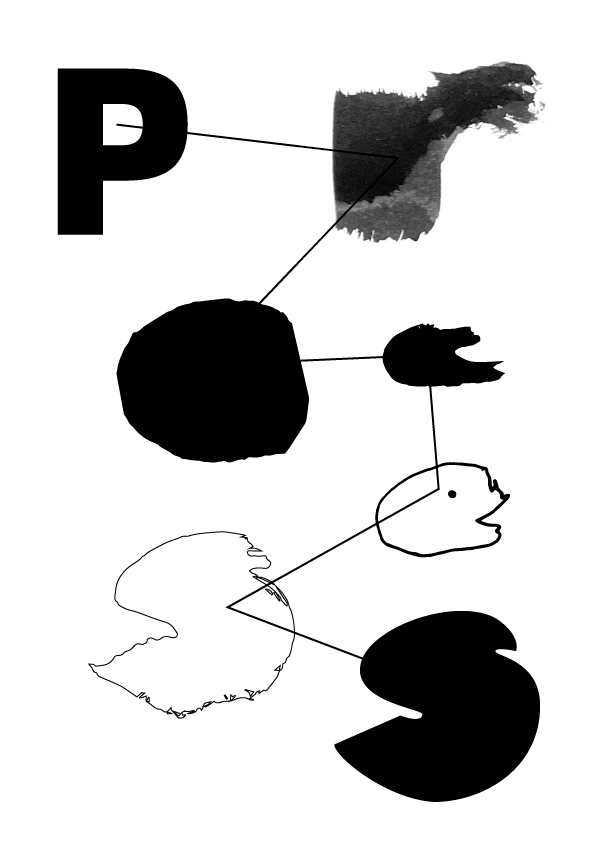
Process poster inspired by Chris Campe's Adobe MAX talk and her creative process. It demonstrates the experimental process and how adding our own constraints/techniques can create a multitude of outcomes along the way.
By adding a starting point we have a prompt/inspiration and then by adding constraints we have something to move on with. Without constraints or a brief we do not have a direction but once formulated it can lead to play and more creative solutions. Professionally clients provide the brief and for personal work we can create our own, which can lead to play and allow for more experimental outcomes. This in turn can often lead to new interesting and exciting client work.
However, this is not a linear process, and the end is not always concrete. Projects might not completely evolve into an end product and may lie dormant for time until it could materialise again for another end or evolve into something else. With the create process there is no real end. A client project might not meet its full potential and be side-lined to the archives, yet later find its true calling.

